Turbidity Sensor with Module
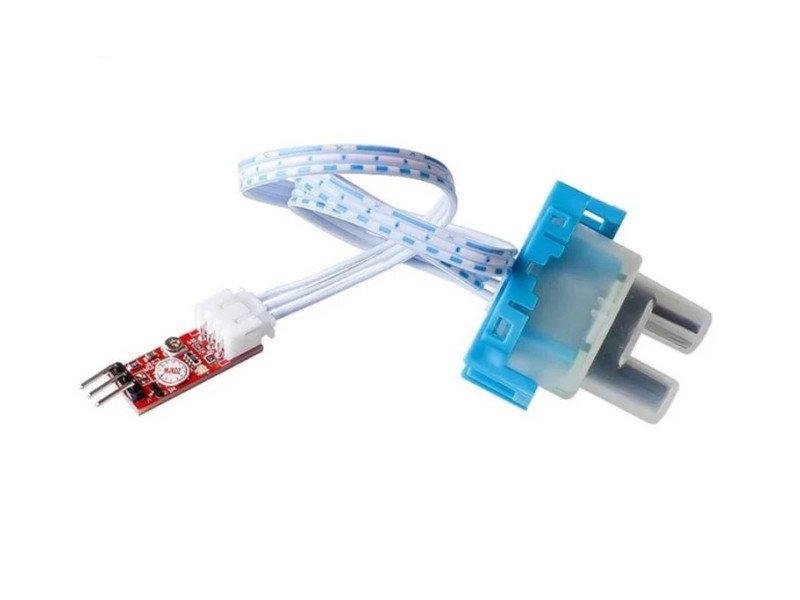

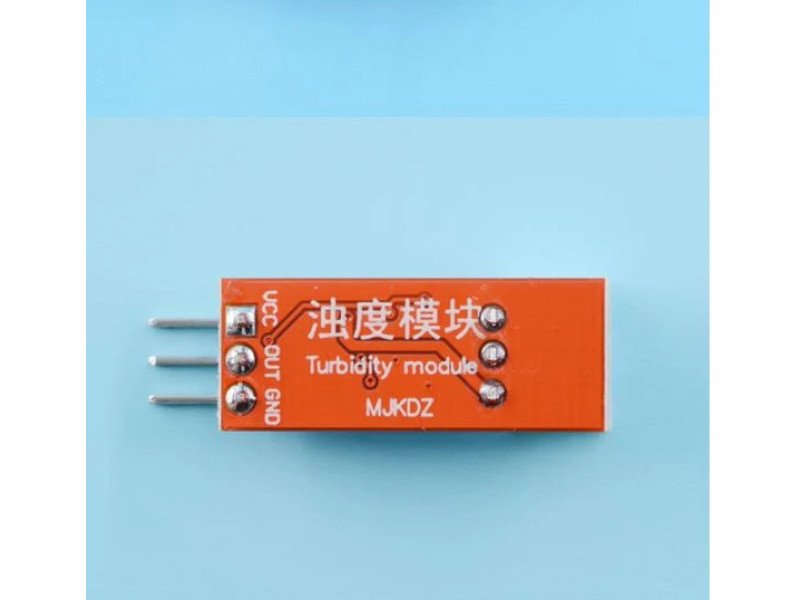

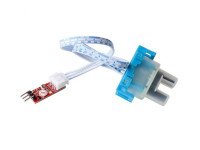
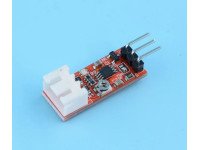
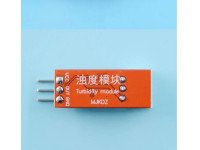
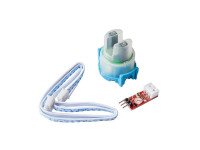
Turbidity Sensor with Module
Availability: In stock
Brand: Generic
SKU: RM013404
Product Highlights
- Operating Voltage: 5VDC.
- Current: 30mA (MAX).
- Operating temperature: -30 ° C to 80 ° C.
- Compatible with Arduino, Raspberry Pi, AVR, PIC, etc.
- Measuring Range: 0 ~ 1000 NTU.
This is a Turbidity Sensor with Module, an electronic monitoring module specially developed to work with microcontroller platforms Arduino, Raspberry Pi, PIC, ARM, AVR, among others.
It is very efficient, the Arduino Turbidity Sensor is able to detect and verify the quality of the water, making the turbidity measurement, where it is possible to verify the results by means of digital or analog signal next to the corresponding pins in the accompanying electronic module.
The Turbidity Sensor emits at its end an infrared light, imperceptible to human vision, capable of detecting particles that are suspended in water, measuring the light transmittance and the dispersion rate, which changes according to the Amount of TSS (Total Suspended Solids), increasing the turbidity of the liquid whenever levels increase.
In general, the Arduino Turbidity Sensor is applied in projects involving the monitoring of water turbidity in rivers, streams, lakes, water bodies, catchment and research sites, laboratories, tanks with liquids, and so on. This Turbidity Sensor has an end specially prepared for direct contact, having an electronic module to amplify and send the received data to the microcontroller of the project
Theory of Operation
The sensor operates on the principle that when the light is passed through a sample of water, the amount of light transmitted through the sample is dependent on the amount of soil in the water. As the soil level increases, the amount of transmitted light decreases. The turbidity sensor measures the amount of transmitted light to determine the turbidity of the wash water. These turbidity measurements are sent to the dishwasher controller, which makes decisions on how long to wash in all the cycles.
These decisions are made on the basis of a comparison between clean water measurements (taken at the beginning of the wash cycle) and the wash water turbidity measurement taken at the end of each wash cycle. By measuring the turbidity of the wash water, the dishwasher can conserve energy on lightly soiled loads by only washing as long as necessary. This will result in energy savings for the consumer.
Features :
- Compatible with Arduino, Raspberry Pi, AVR, PIC, etc.
- Measures turbidity of water in rivers.
- Detects and verifies water quality.
- Digital and analog output;
- Able to detect particles that are suspended in water.
- Trimpot for sensitivity adjustment.
- Ideal monitoring of water turbidity in rivers, streams, lakes, water boxes, catchment and research sites, laboratories, tanks with liquids and etc.
- Comes with a module and jumpers